1. Not Just in the Caribbean
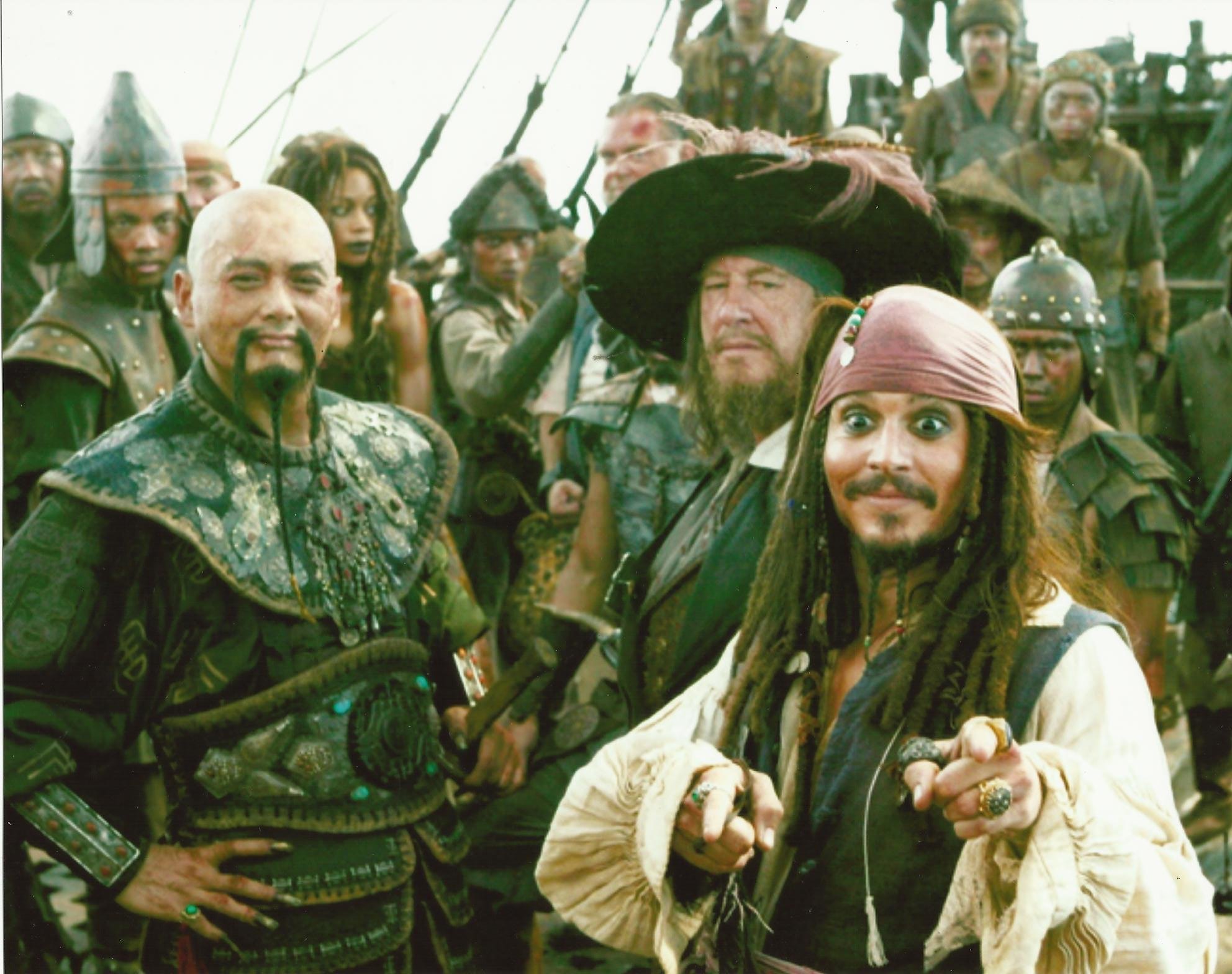
Image Source: Amazon.com
When folks hear the word "pirate," they often think of the Caribbean and treasure islands. However, today's piracy hotspots aren't where you'd expect. Areas like the Gulf of Aden, near Somalia, and the South China Sea are now the primary zones for pirate activity!
2. Rocket Launchers
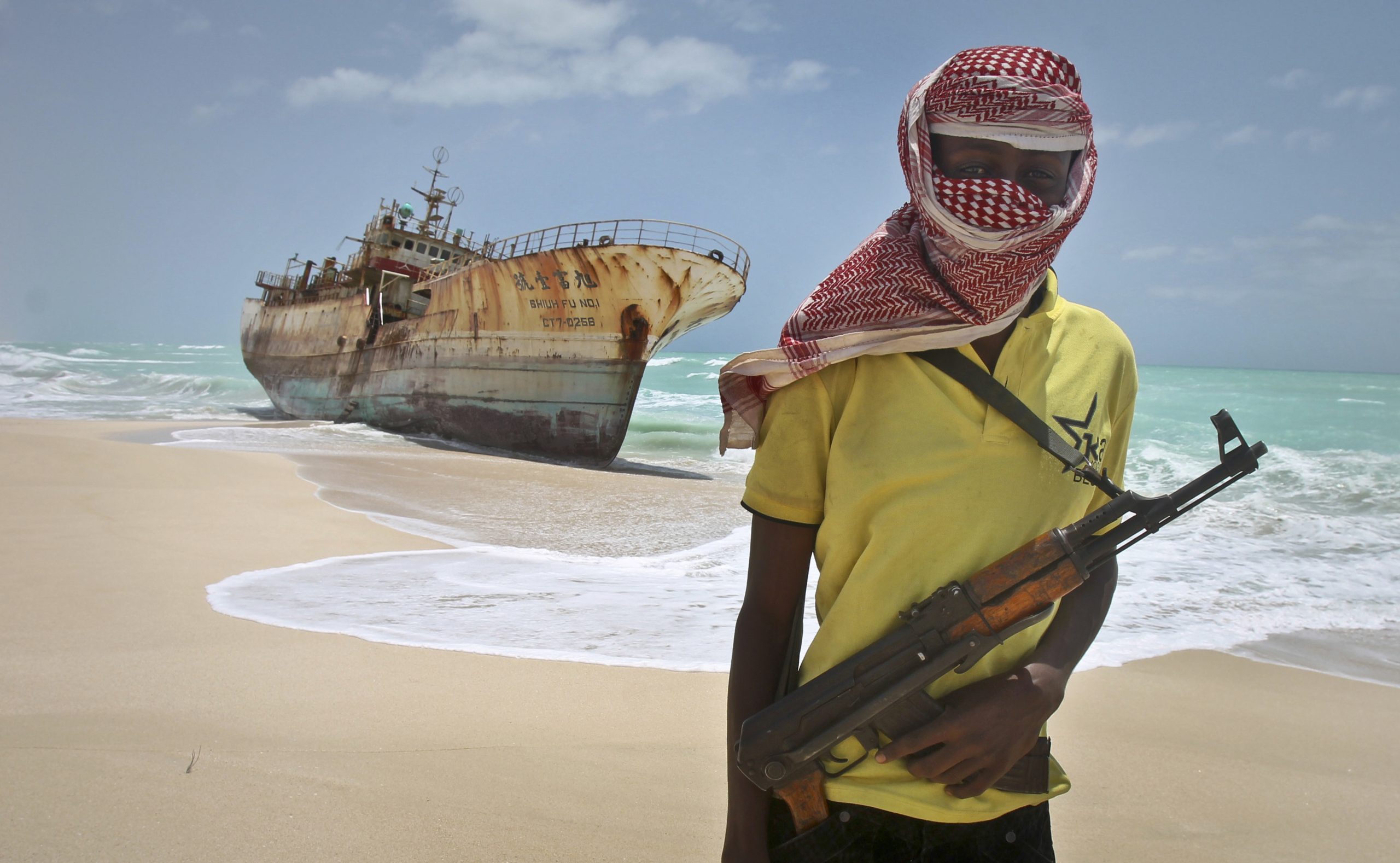
Image Source: The Irish Sun
Gone are the days of pirates with swords, muskets, and cutlasses. Modern-day pirates are heavily armed, often brandishing rocket-propelled grenades and automatic rifles. This heavy artillery gives them the firepower to take on even military vessels, making them a formidable force.
3. High-Tech Pirates
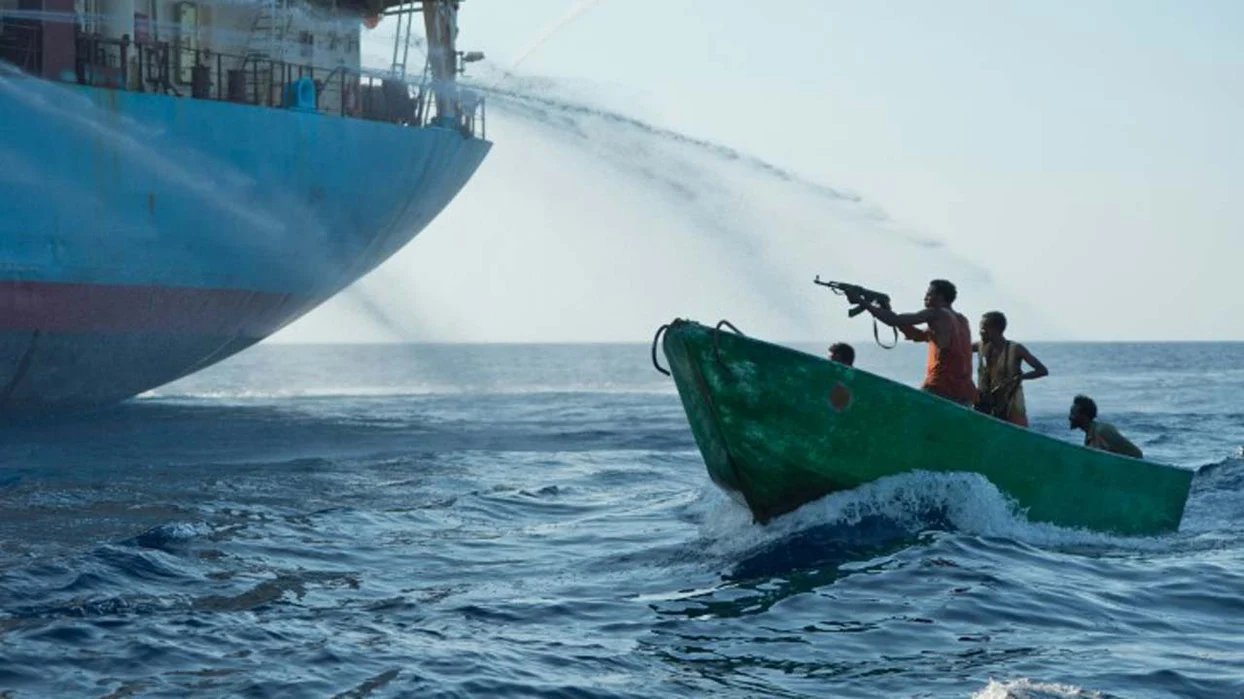
Image Source: Dryad Global
The pirates of today have gone high-tech. They employ advanced technologies like satellite phones, and radar to locate and target ships. This technological edge makes them highly efficient and dangerous. It also means that simply outrunning or outmanoeuvring them is often not an option!
4. Kidnapping for Ransom
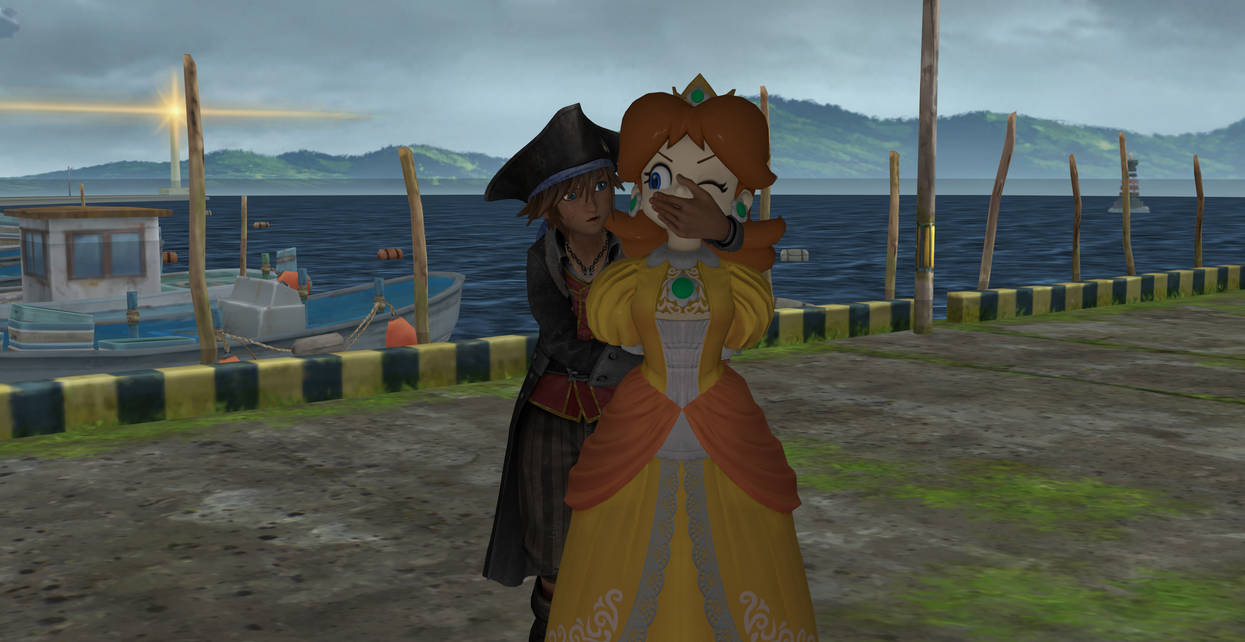
Image Source: DeviantArt
Forget about buried treasure chests and maps with an "X" marking the spot. Modern day pirates are more interested in kidnapping crew members for ransom payments. This quick payday has become a popular modus operandi, making piracy a lucrative business.
5. Mother Ships
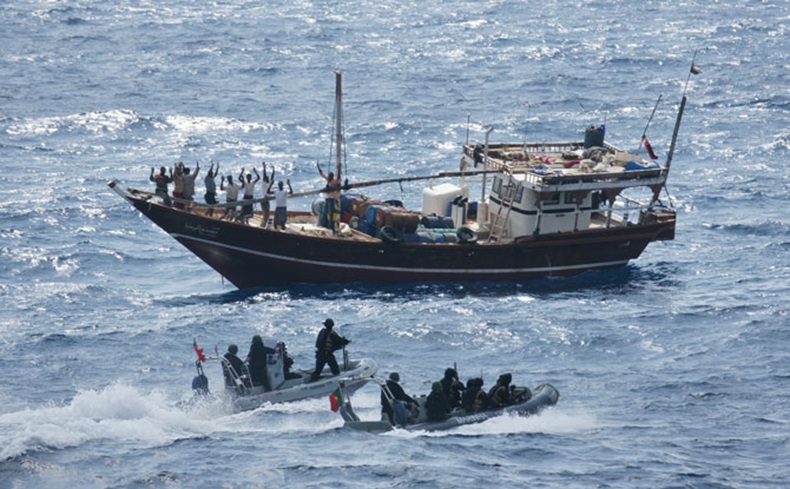
Image Source: Lloyd's List
Some pirates have evolved their tactics to use larger "mother ships" as mobile bases. These ships carry smaller, faster boats that can easily approach and board larger, slower-moving vessels. The mother ships often blend in with regular fishing vessels, making it difficult for authorities to identify them.
6. Speedboats
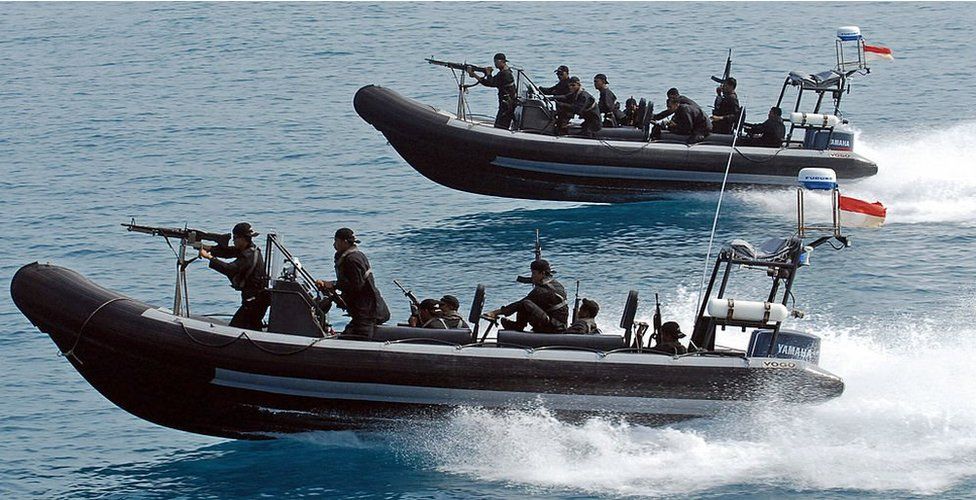
Image Source: BBC
When it comes to actually executing an attack, speed is of the essence. Modern pirates often use fast, small boats, sometimes equipped with powerful outboard engines, to overtake larger, slower ships quickly. These boats are nimble and can easily navigate around obstacles, giving them a tactical advantage when it comes to boarding and overtaking targeted vessels.
7. Pirate Negotiators

Image Source: Amazon UK
Believe it or not, there's a niche for pirate negotiators—people specialized in brokering deals between pirates and the owners of hijacked ships. This peculiar profession has arisen out of the need for skilled intermediaries who can navigate the dangerous and complicated dynamics of hostage negotiations!
8. Hijack Over Robbery
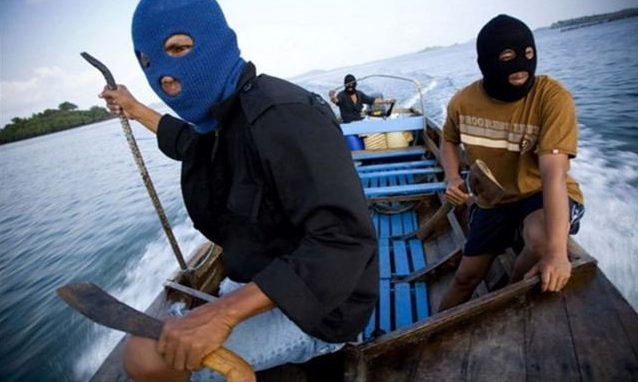
Image Source: Splash 247
While pirates of the past may have been content with plundering a ship, modern-day pirates often aim to hijack the entire vessel. This could be for various reasons, including selling the ship or using it for further criminal activities. Hijacking offers more substantial rewards but also carries more significant risks!
9. Illegal Fishing
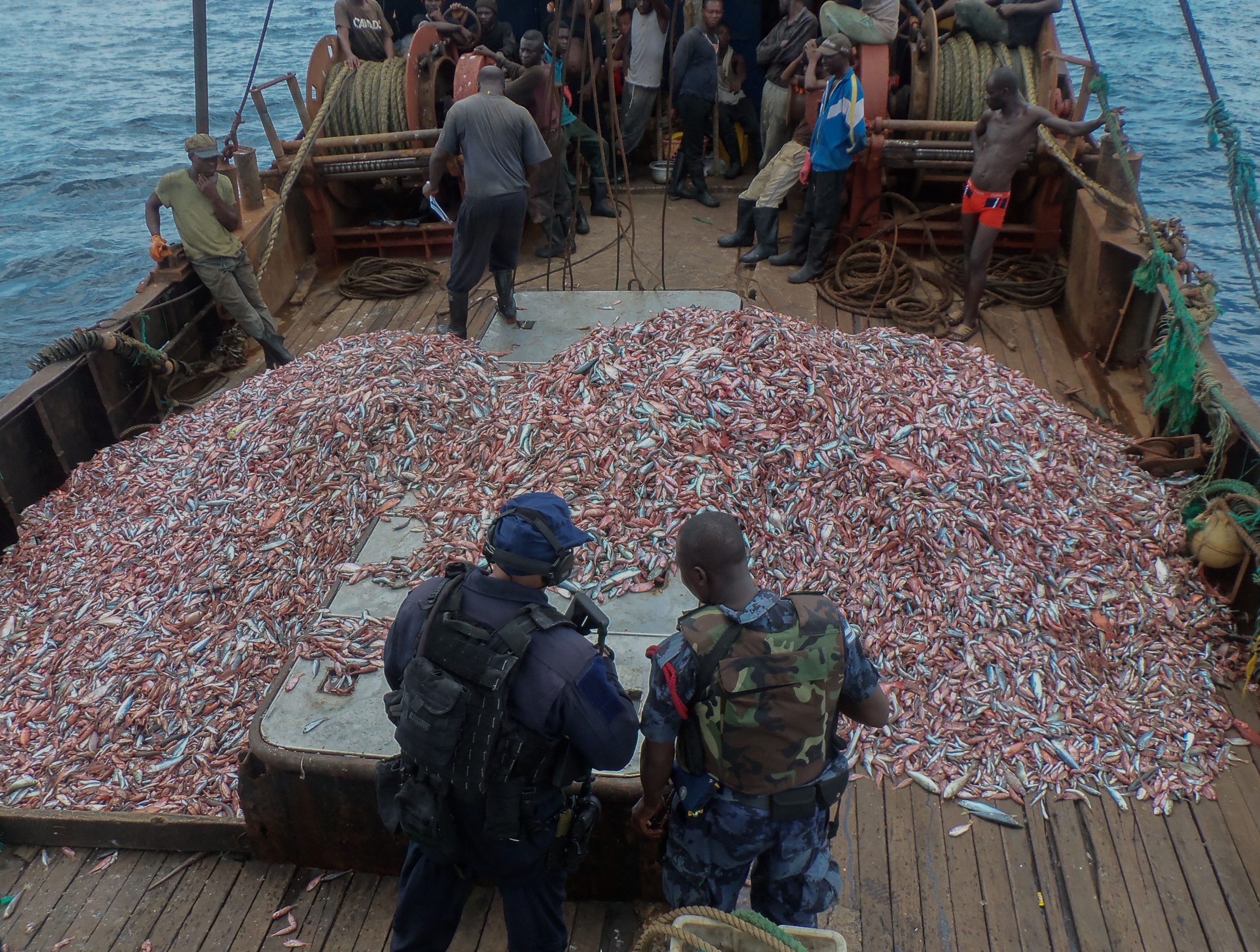
Image Source: Wikipedia
Some pirates justify their actions by claiming they initially took to piracy to protect their territorial waters from illegal fishing. In places like Somalia, overfishing by foreign vessels has devastated local fishing communities, pushing some to take drastic actions.
10. Pirates vs. Private Security

Image Source: SOFREP
To counter the rising threat of piracy, many shipping companies now employ private security firms. These firms provide armed guards and advanced surveillance technologies to help protect vessels from pirate attacks. While effective, the use of private security raises questions about the privatization of maritime safety and the rules of engagement on the high seas.
11. International Efforts

Image Source: TenStickers
Combatting modern piracy is a significant international concern that has led to coordinated naval patrols, especially in notorious areas like off the coast of Somalia. These patrols involve multiple nations, including the United States, the European Union, and various Asian countries.
12. Sophisticated Networks
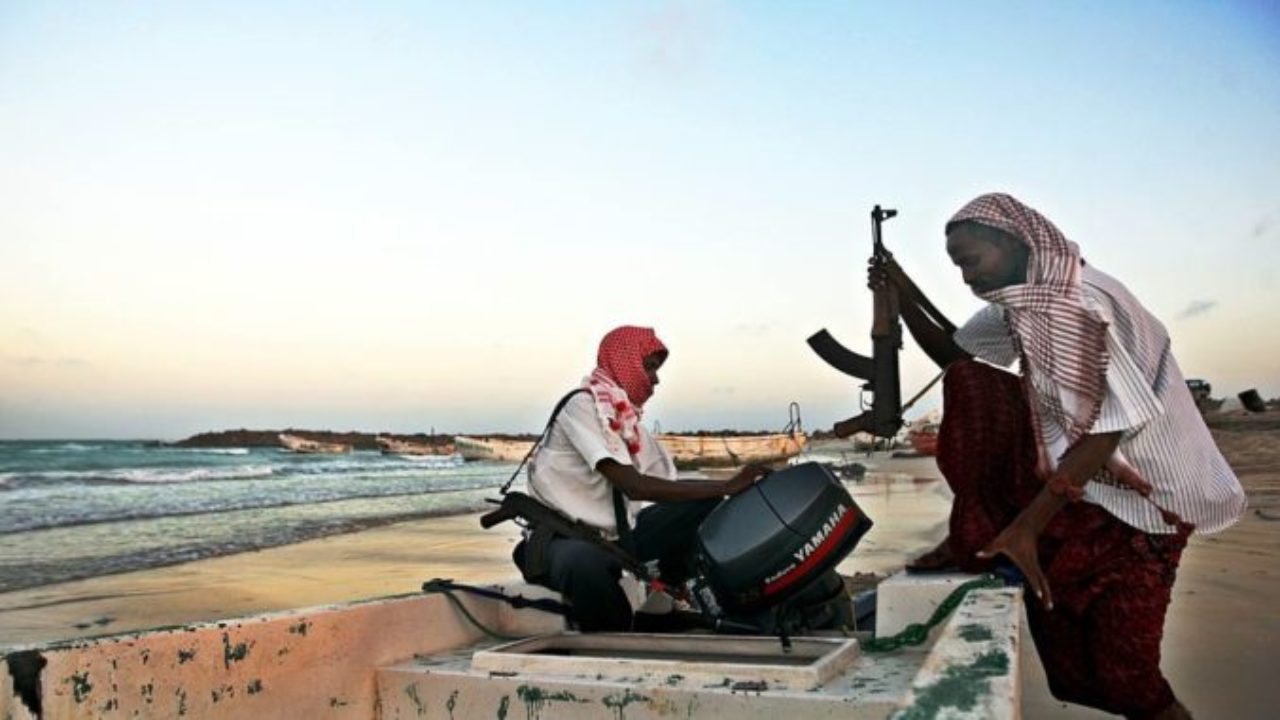
Image Source: The Globe Post
Gone are the days when pirates operated as isolated groups or individual outlaws. Today, many are part of sophisticated criminal networks that provide logistical support, intelligence, and advanced weaponry. These networks may be connected to other forms of organized crime, increasing the complexity and scale of the piracy problem.
13. Environmental Damage
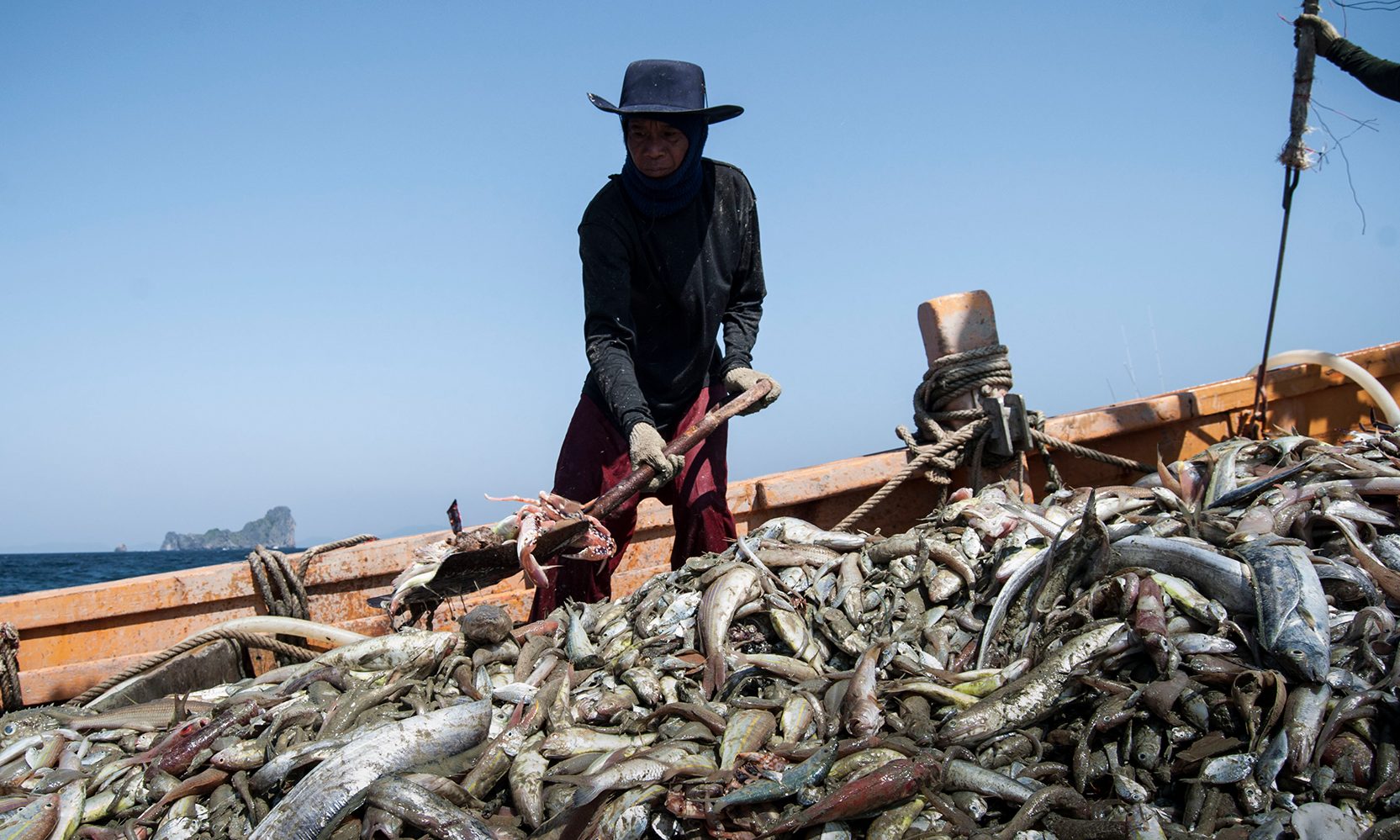
Image Source: Environmental Justice Foundat
The impact of modern piracy isn't just economic or human; it's environmental too. Pirates often hijack oil tankers and either siphon off the oil or dump it, leading to severe environmental consequences. Oil spills can devastate marine ecosystems, killing wildlife and affecting local fishing industries.
14. Hostage Situations

Image Source: Talent War Group
When pirates take hostages, they often keep them for extended periods, sometimes stretching into years. The human toll is tremendous, as hostages live under constant threat and poor conditions. The extended holding period increases the psychological pressure on the hostages and their families.
15. Ransom Payments in Cryptocurrency

Image Source: Mint
Keeping up with technological trends, some pirates are now requesting ransoms to be paid in digital currencies like Bitcoin. This presents several challenges for authorities, as cryptocurrency transactions are often hard to trace. It also indicates a level of sophistication and awareness of global financial systems, making modern pirates more versatile and harder to combat.
16. Drone Surveillance

Image Source: The New York Times
To counter the growing piracy threat, anti-piracy operations have started incorporating drones for surveillance. Drones can cover large areas quickly and operate discreetly, sending real-time information back to naval vessels or control centers. This technological advancement helps identify potential threats earlier, but it also raises questions about privacy and the use of drones in international waters.
17. Pirate Trials
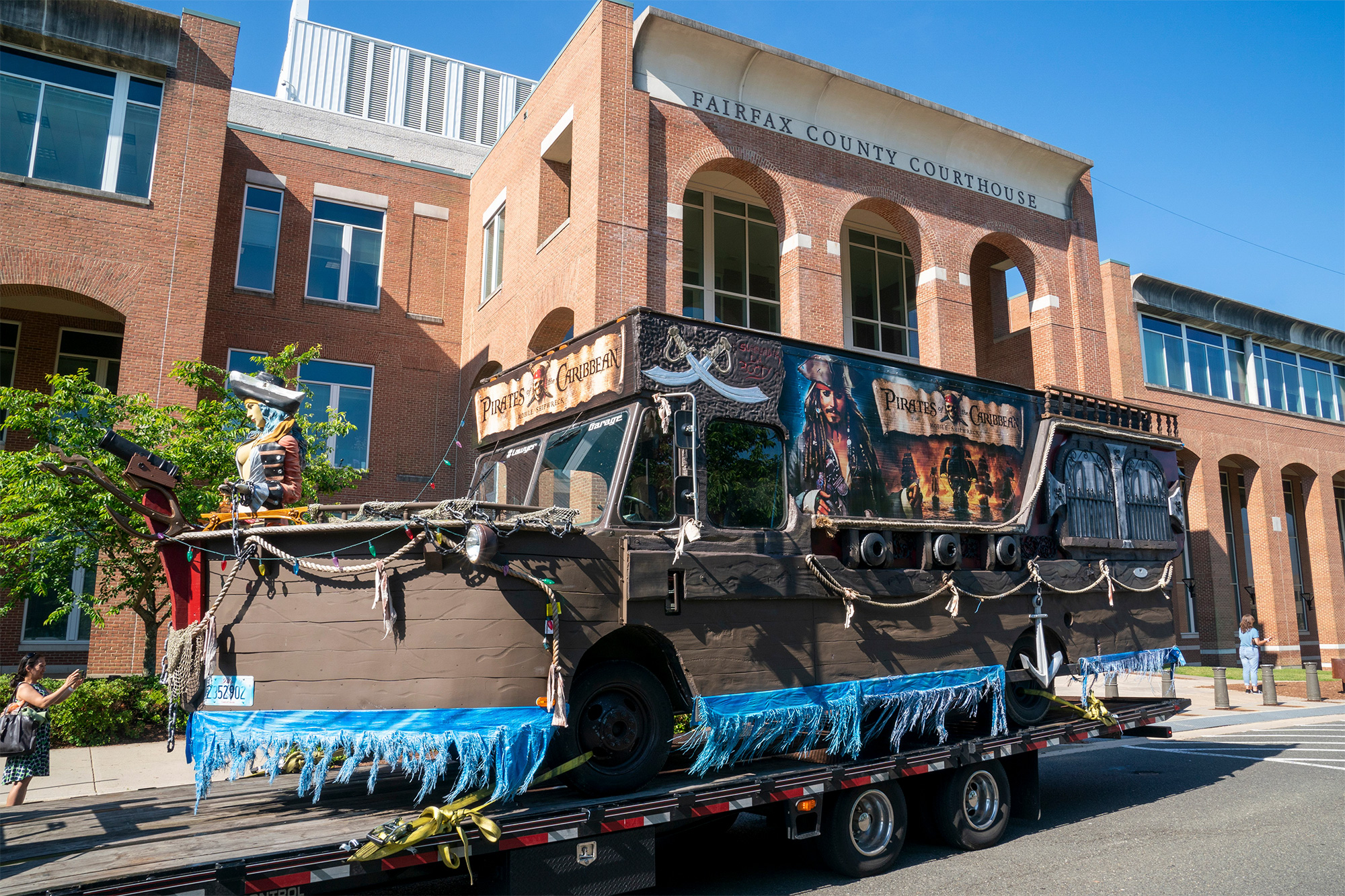
Image Source: ew.com
The prosecution of captured pirates is fraught with legal complexities due to international laws and jurisdictions. Determining where to try a pirate can be a contentious issue, often involving diplomatic negotiations. Laws vary widely from country to country, and international maritime law has grey areas that pirates often exploit, making legal proceedings challenging to navigate.
18. Not Just Male Pirates
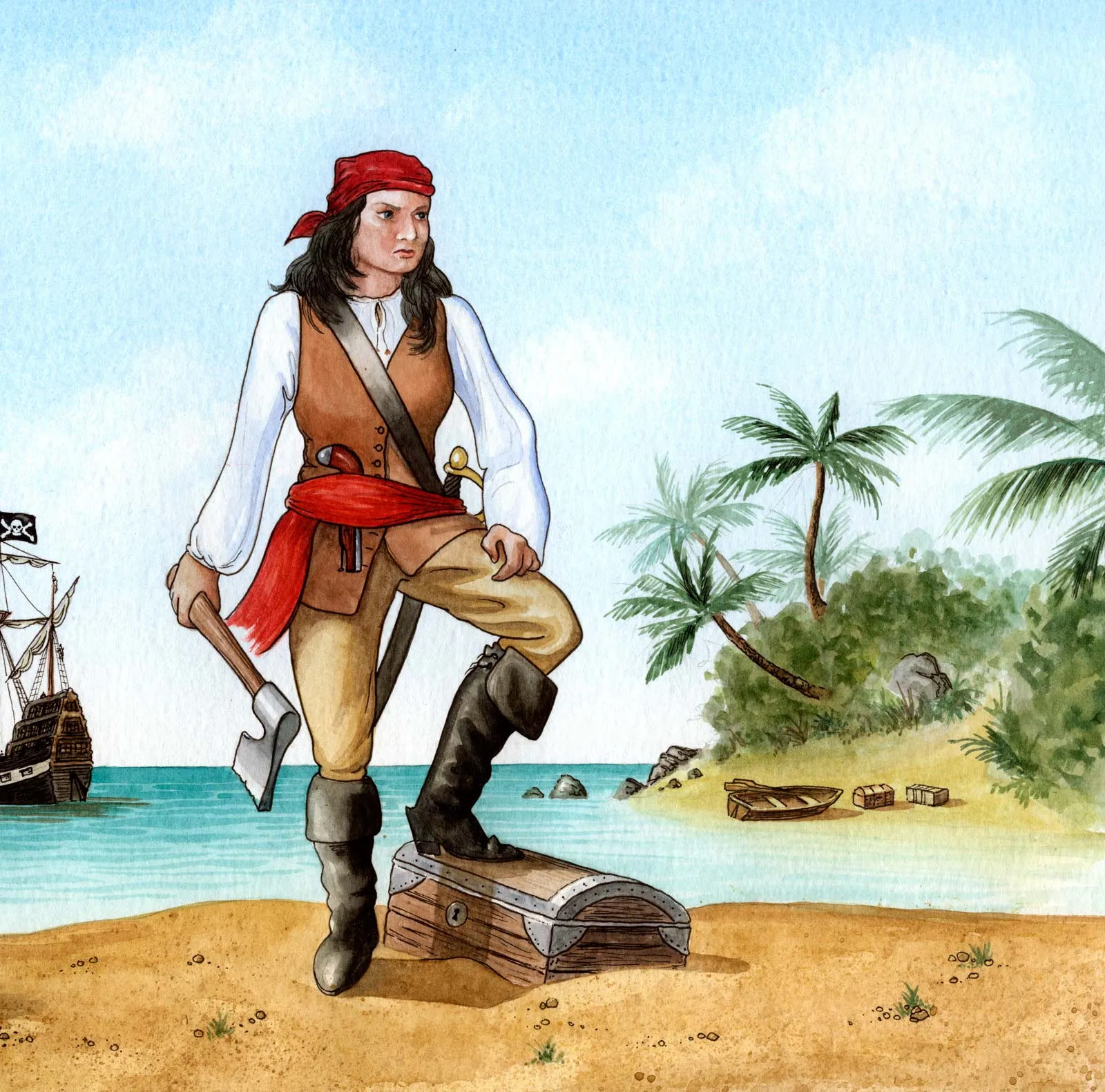
Image Source: Britannica
Breaking away from the stereotype that piracy is a male-dominated field, modern piracy sees participation from women as well. Women are involved in various roles, from logistical support to active participation in attacks. This highlights that the problem of modern piracy is a human issue, not confined to any gender, and requires solutions that are just as diverse.
19. Ghost Ships
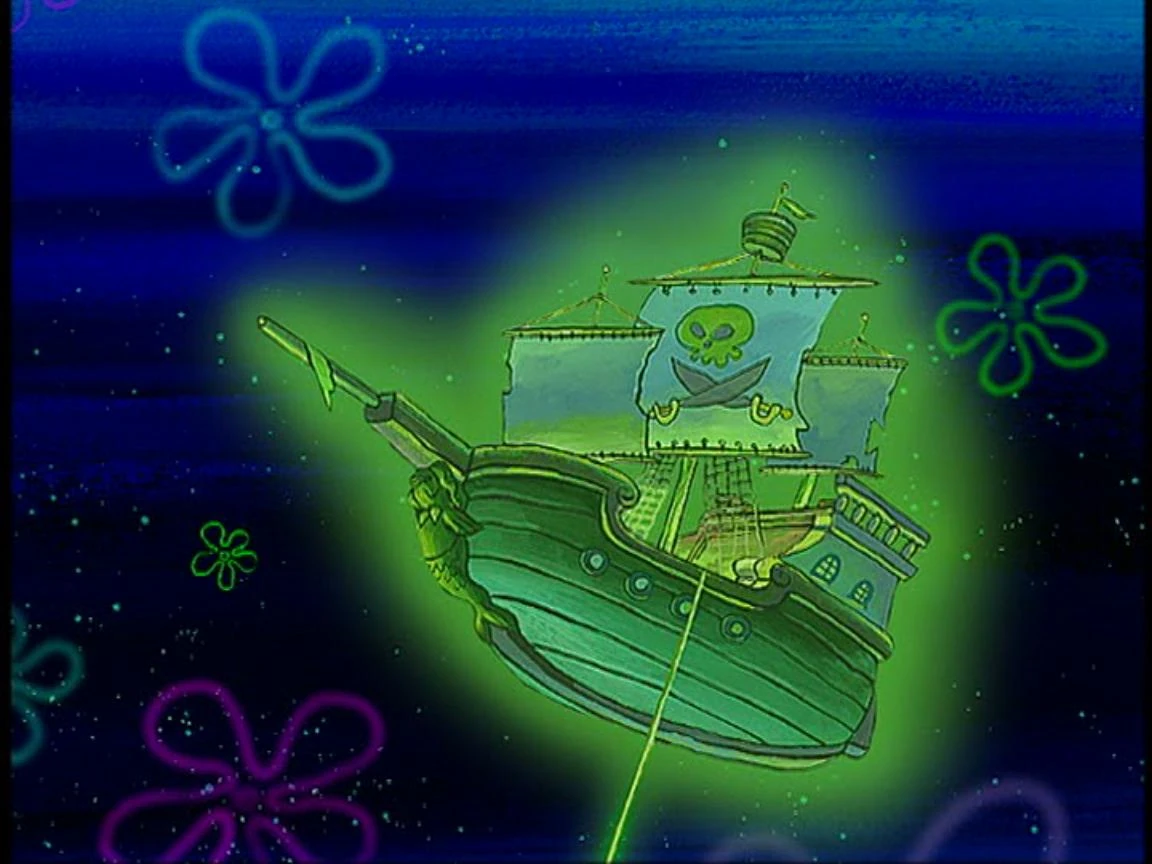
Image Source: Nickelodeon Wiki - Fandom
To avoid detection, pirates often repaint and rename stolen ships, making them hard to identify. These "ghost ships" can then be used for various criminal activities, including more piracy, smuggling, or even human trafficking. This practice adds another layer of difficulty in tracking and apprehending pirates and recovering stolen vessels.
20. Fake Distress Calls
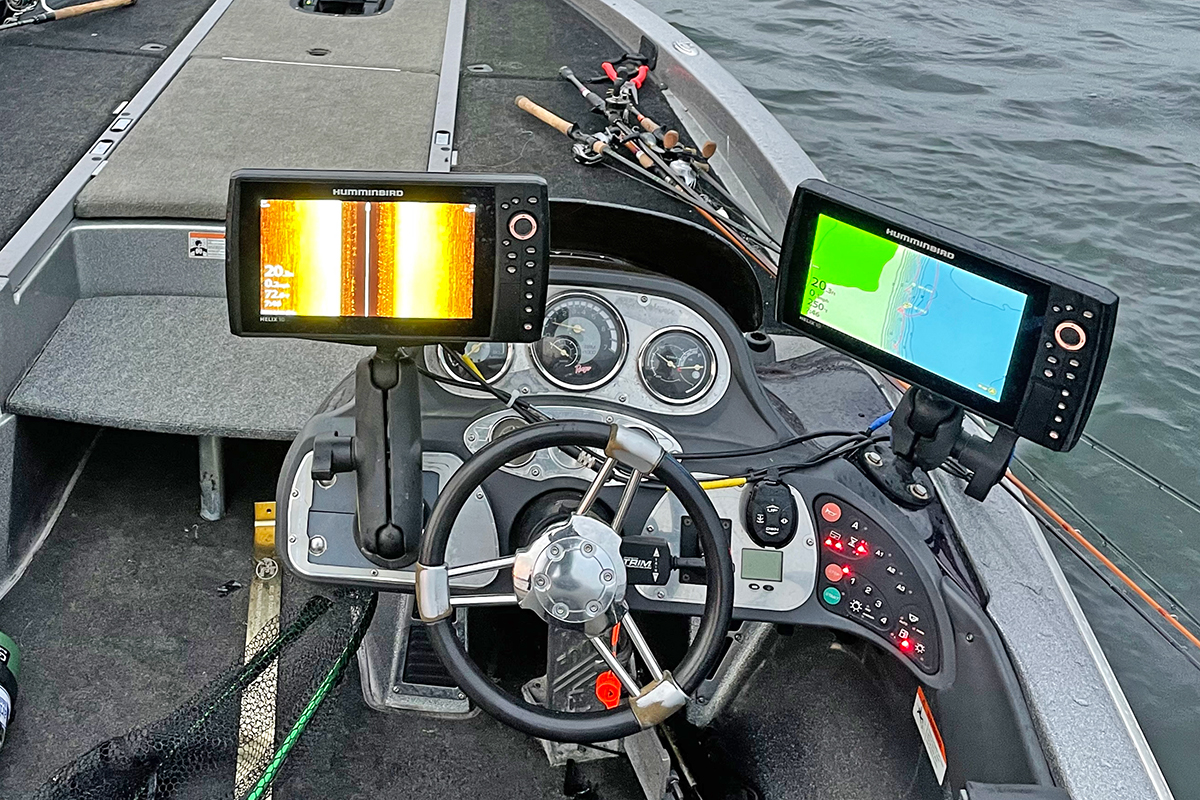
Image Source: In-Fisherman
Pirates have been known to use deceptive tactics like sending out fake distress calls to lure unsuspecting ships into a trap. When would-be rescuers arrive, they find themselves under attack instead of aiding someone in need. This devious method undermines the maritime code of helping vessels in distress, making the high seas an even more perilous place.
21. Communication Jams

Image Source: Wikipedia
One increasingly popular strategy to counteract piracy is the jamming of pirate communication devices. By interrupting radio frequencies, satellite communications, or even cellular networks, authorities can effectively blind pirates and disrupt their coordination. This tactic not only hinders the pirates' ability to communicate with each other but also prevents them from relaying valuable information to larger networks.
22. Pirate Economy

Image Source: Scientific American
In certain regions, piracy has become a significant part of the local economy. For communities where options are limited due to lack of infrastructure, social services, or employment opportunities, piracy can sometimes be seen as a viable economic activity. The profits from piracy often filter down into local markets, affecting everything from housing to consumer goods. This makes the issue of combating piracy particularly complex, as it's tied to broader socio-economic conditions.
23. Piracy Insurance

Image Source: Coalition of Legal Toothfish
To mitigate the risks associated with pirate attacks, many shipping companies now opt for "K&R" (Kidnap and Ransom) insurance policies. These specialized policies can cover the cost of ransom payments, as well as other expenses like legal fees, negotiation costs, and even psychological treatment for affected crew members.
24. Pirate "Consultants"

Image Source: 11 Points
In an odd twist, some ex-pirates have found a new career advising shipping companies on how to avoid pirate attacks. These consultants bring firsthand experience and insight into pirate tactics, helping to design countermeasures that are more effective. Although their expertise is invaluable, the morality of employing former criminals in such roles is a topic of debate.
25. Subcontracting Pirates
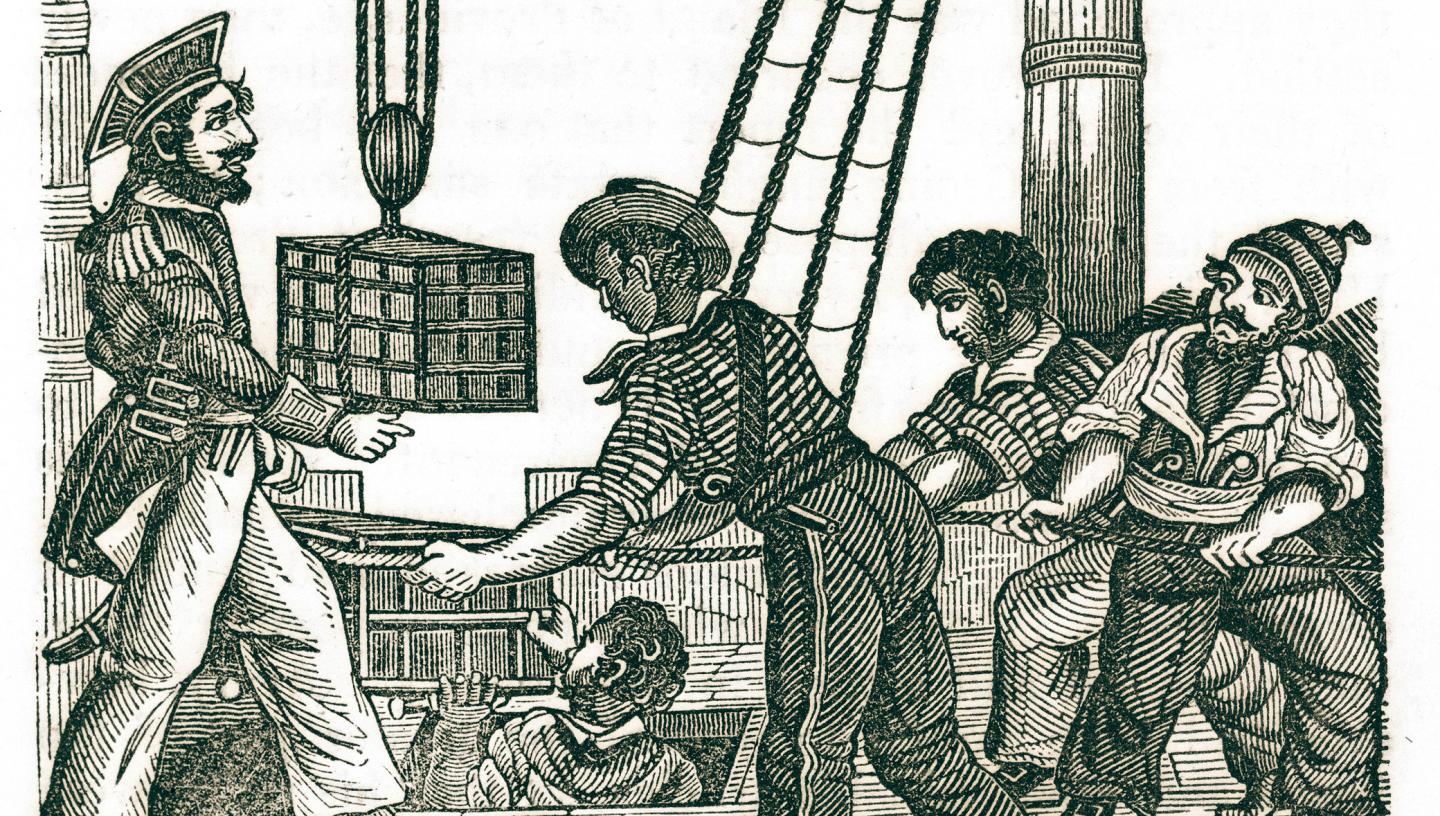
Image Source: Royal Museums Greenwich
The world of modern piracy has become so sophisticated that some pirate groups subcontract other criminal organizations to carry out specific attacks. This allows them to focus on high-value targets while also expanding their operational range. Subcontracting adds another layer of complexity to the issue, making it harder for authorities to identify and prosecute the masterminds behind the operations.
26. Pirate Report Cards

Image Source: Wikipedia
Various organizations and institutions keep a close eye on pirate activities, publishing annual reports and statistics. These "pirate report cards" help policymakers, security firms, and shipping companies understand the evolving threats and assess the effectiveness of current anti-piracy measures. The data collected can be invaluable in shaping future strategies.
27. Political Pirates

Image Source: Esports News UK
Piracy isn't always just about quick financial gains; in some instances, it's used to fund political movements or armed militias. This blurs the line between piracy and terrorism, making the issue even more complicated from a legal and international standpoint. Funds from piracy can sustain insurgencies, destabilize governments, and further exacerbate regional conflicts.
28. Luxury Yachts
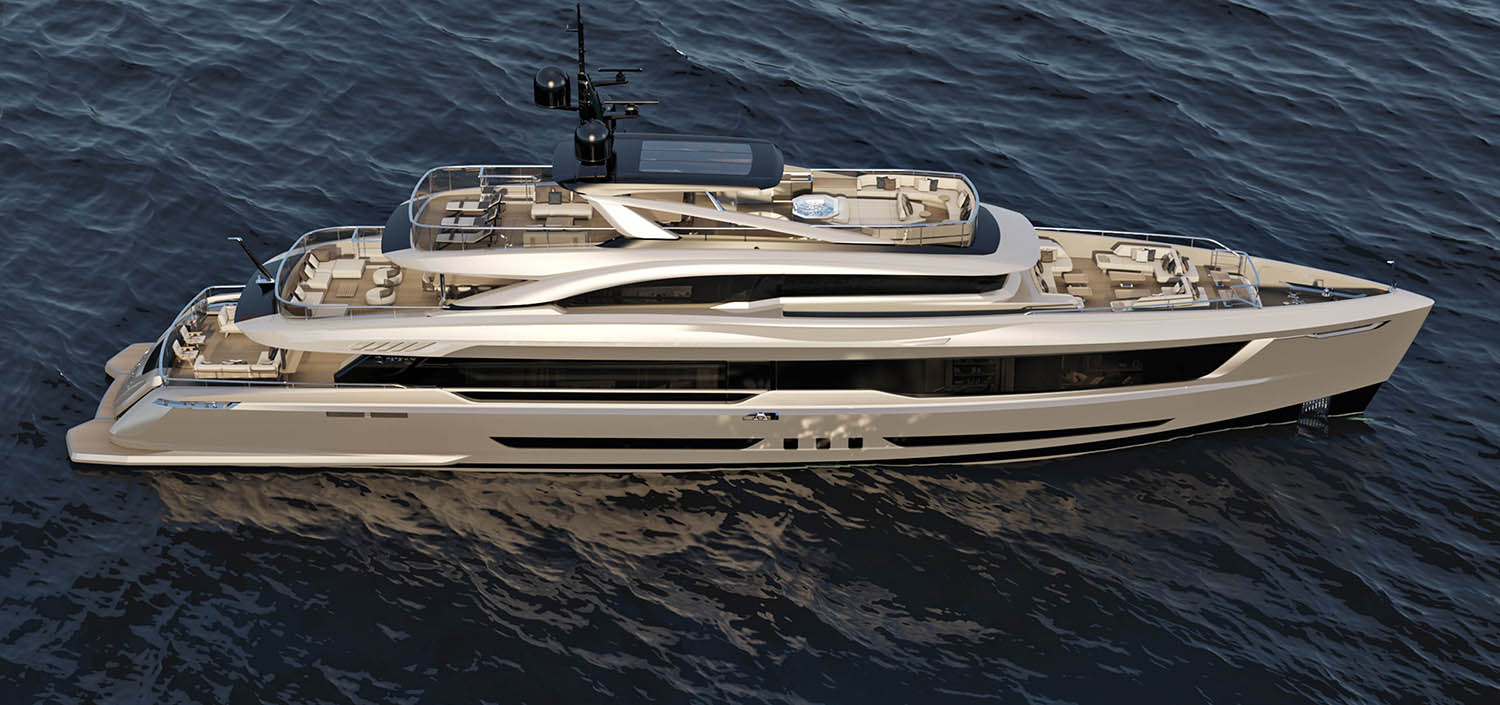
Image Source: Fraser Yachts
While commercial ships are the most common targets, luxury yachts aren't exempt from the threat of piracy. These high-value vessels can fetch a hefty ransom, making them attractive targets. The allure of kidnapping wealthy individuals also adds to the risk, prompting many yacht owners to invest in advanced security measures and even private security teams.
29. Impact on Global Trade

Image Source: www.hannahrees.org.uk
Piracy has far-reaching effects, impacting global trade and economics. The increased security measures, insurance premiums, and rerouting of ships to avoid piracy hotspots all contribute to higher shipping costs. These additional expenses eventually trickle down to consumers, driving up the cost of goods and affecting the global economy.
30. Maritime Laws
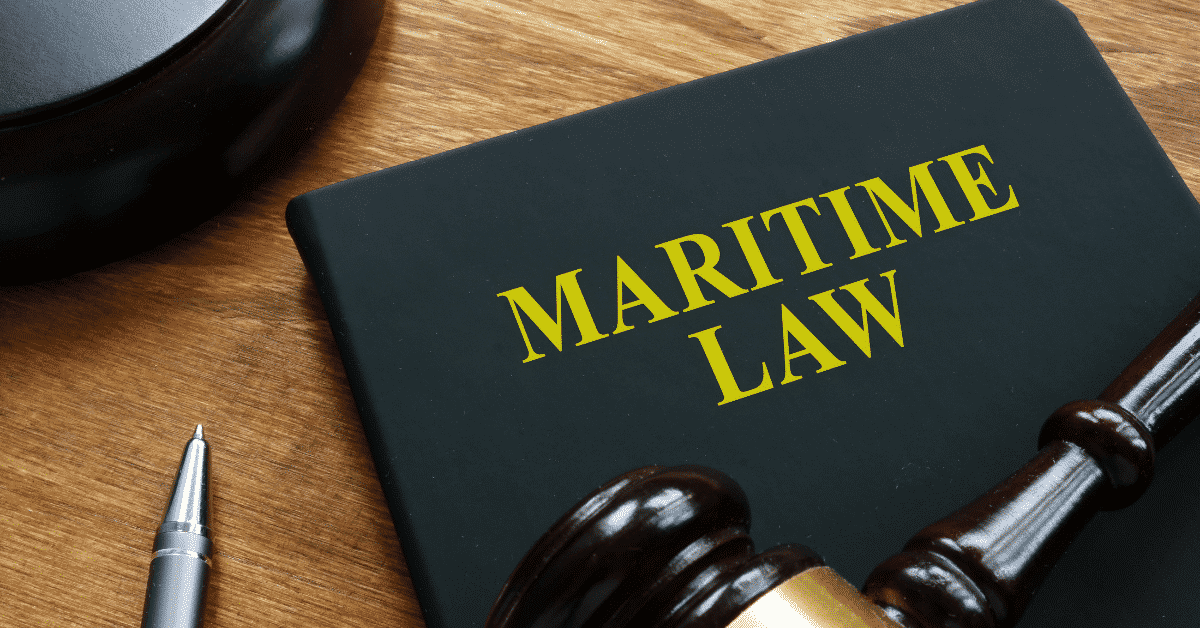
Image Source: Marine Insight
The legal framework for dealing with piracy is intricate, governed by a variety of international maritime laws. These laws cover everything from the definition of piracy to the jurisdictional complexities involved in prosecuting pirates. Despite the existence of these laws, enforcement is a major challenge due to the international nature of the crime and the varying legal systems of different countries.





























